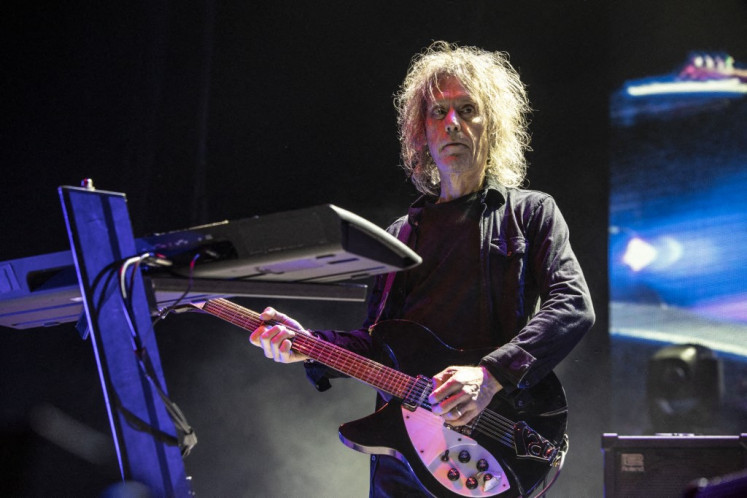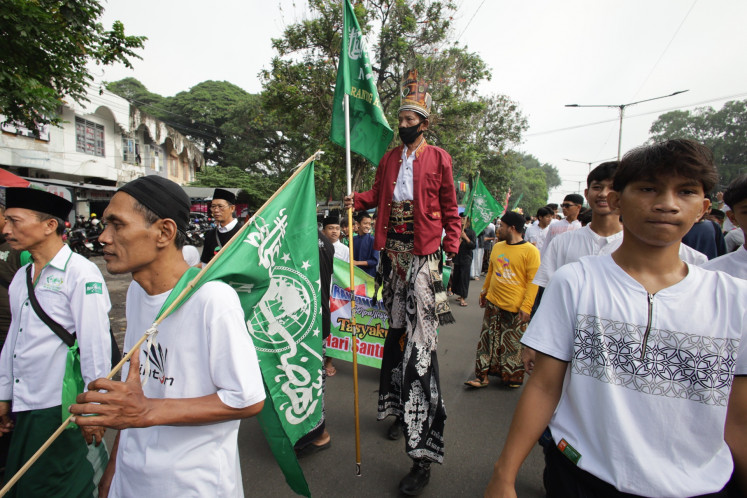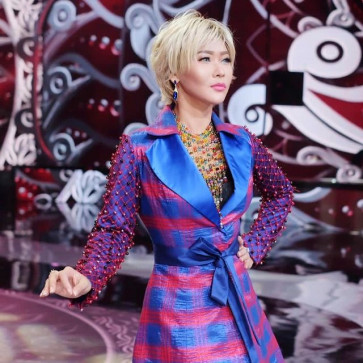Popular Reads
Top Results
Can't find what you're looking for?
View all search resultsPopular Reads
Top Results
Can't find what you're looking for?
View all search resultsIndonesian Icons: Inul Daratista: The birth of the drilling dance
"Indonesian Icons" is a new regular column where we focus on iconic aspects of Indonesian culture - everything from renowned individuals and lauded culinary escapades to historic places, unforgettable moments and endless more. We start with Inul Daratista, the iconic dangdut songstress who began her career in controversy before blossoming into one of Indonesia's most recognizable names. This is part 1 of a two-part story, which continues tomorrow.
Change text size
Gift Premium Articles
to Anyone
Some queens began as upstarts, and Inul Daratista was no different. For there really was a time before the money, the television appearances, and the wildly successful business ventures, when her name was synonymous with sin. The dangdut singer from a one-horse town in East Java had risen to fame overnight and sparked arguably Indonesia’s first true cultural war since the fall of the New Order regime. And she had done so with style.
She was flamboyant, brash and unafraid. She was everything the establishment feared and everything the people wanted. Fame and notoriety overcame her for a time. But she learned to tame it, and now here she is: Inul. A goliath of popular culture. A byword for controversy. A name forever seared into the collective consciousness of every Indonesian.
First, we must set the scene. It was 2003, and Indonesia was still grappling with the possibilities of democracy. The Reformation Era had brought about a sudden appetite for freedom of expression, westernized liberal thinking and calls for sociocultural change. But there was a flipside to all this. After being forced into the sidelines for much of Soeharto’s reign, political Islamist movements had consolidated just as the economy stagnated and the lofty promises of Reformation faded with a whimper.
Five years in, Indonesia was at a crossroads. It was a country that had bled for freedom, only to see the fruits of its labors rot at the vine.
Enter Inul Daratista. She was born dirt poor in Pasuruan, East Java, and spent her childhood selling ice around her neighborhood to earn a living. By age 16, she was married and struggling to make ends meet. Perfect backstory, then, for a budding dangdut superstar.
Dangdut, undoubtedly, is Indonesia’s most popular and universal form of music. Taking cues from Indian film soundtracks, Malay music and Middle Eastern licks, its infectiously danceable grooves have taken Indonesia by storm since the 1960s. In a country famous for its social taboos and complex traditions, dangduthas always been the brash icebreaker--singing about lost loves, social ills, inequality and working class aspirations.



















